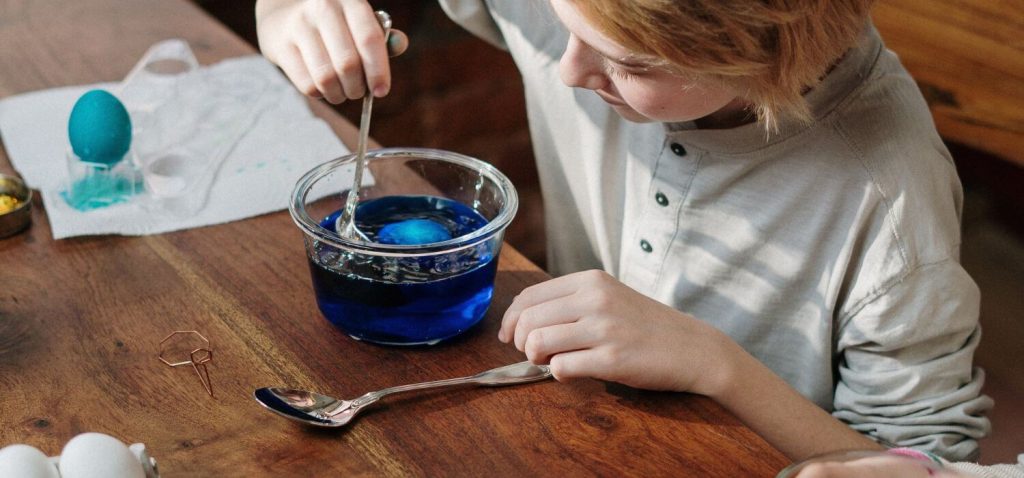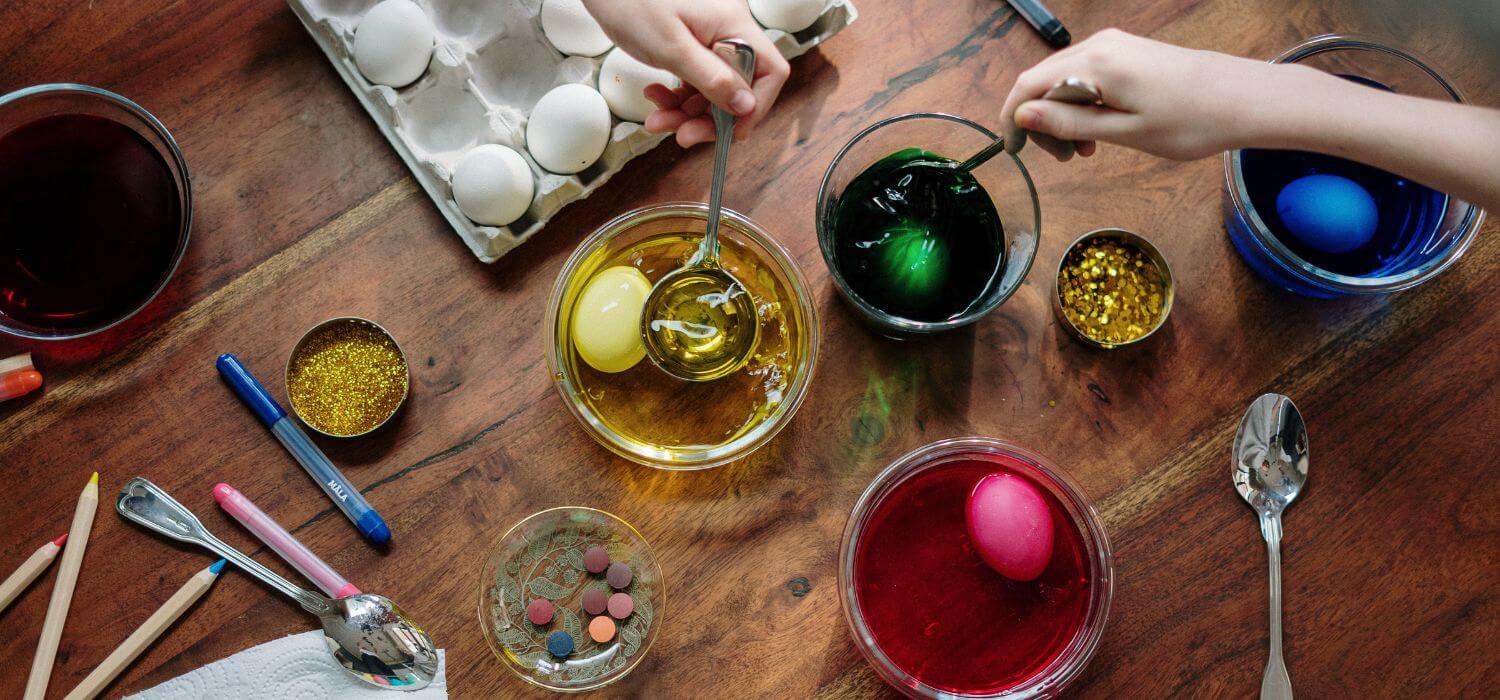Metallic finishes are a popular choice for home decor, adding an elegant touch to any space. While mixing metals in decor can seem like a daunting task, it is a great way to add dimension, texture, and interest to a room. In this article, we will provide a comprehensive guide on how to mix metals in home decor, including tips, tricks, and best practices.
Why Mix Metals in Home Decor?
Mixing metals in home decor has become increasingly popular in recent years, and for good reason. Here are some reasons why you should consider mixing metals in your home:
- Adds depth and dimension: Mixing metals can add depth and dimension to a room, making it more visually interesting.
- Creates contrast: By mixing metals with different finishes, you can create a contrast that makes each metal stand out.
- Makes a statement: Mixing metals can be a bold statement that adds personality and character to a space.
- Adds texture: By mixing metals with different textures, you can add texture to a room, making it more inviting and cozy.
Tips for Mixing Metals in Home Decor
While mixing metals can be a great way to add interest and depth to a room, it can also be challenging. Here are some tips to keep in mind when mixing metals in home decor:
1. Start with a dominant metal.
When mixing metals, it’s important to start with a dominant metal. This metal should be the one that you want to stand out the most in the room. For example, if you have a lot of silver accents in a room, you may want to make silver the dominant metal.
2. Mix warm and cool metals.
Mixing warm and cool metals can create a contrast that makes each metal stand out. For example, pairing gold and silver can create a striking contrast that adds depth and dimension to a room.
3. Stick to two or three metals.
While it can be tempting to mix multiple metals, sticking to two or three can make a room look cohesive and intentional. Too many metals can make a room look cluttered and overwhelming.
4. Consider the finish.
When mixing metals, it’s important to consider the finish of each metal. Pairing metals with similar finishes can create a cohesive look, while pairing metals with different finishes can create a contrast.

5. Mix metals in small doses.
If you’re unsure about mixing metals, start small. You can mix metals in small doses, such as with accent pieces, to see how they look in your space.
Best Practices for Mixing Metals in Home Decor
Now that you have some tips for mixing metals in home decor, here are some best practices to keep in mind:
1. Choose a color scheme.
Before you start mixing metals, choose a color scheme. This can help guide your choices and make sure that the metals you choose work well together.
2. Consider the style of your room.
The style of your room should also influence your choice of metals. For example, if you have a modern room, you may want to choose metals with clean lines and sleek finishes, while a traditional room may call for more ornate metals.
3. Use metals in different ways.
When mixing metals, don’t just stick to one type of metal in one area. Use metals in different ways throughout the room, such as with light fixtures, hardware, and decor.
4. Don’t forget about other materials.
While mixing metals can be a great way to add interest to a room, don’t forget about other materials. Mixing metals with wood, glass, and other materials can create a more balanced look.
Conclusion
Mixing metals in home decor can be a great way to add interest Mixing metals in home decor can be a great way to add interest and depth to a room. With the tips and best practices we’ve provided in this guide, you can confidently mix metals to create a cohesive and intentional look in your home.
Remember to start with a dominant metal, mix warm and cool metals, stick to two or three metals, consider the finish, and start small if you’re unsure. Also, choose a color scheme, consider the style of your room, use metals in different ways, and don’t forget about other materials.
By following these guidelines and experimenting with different combinations, you can create a personalized and unique space that reflects your personality and style.



